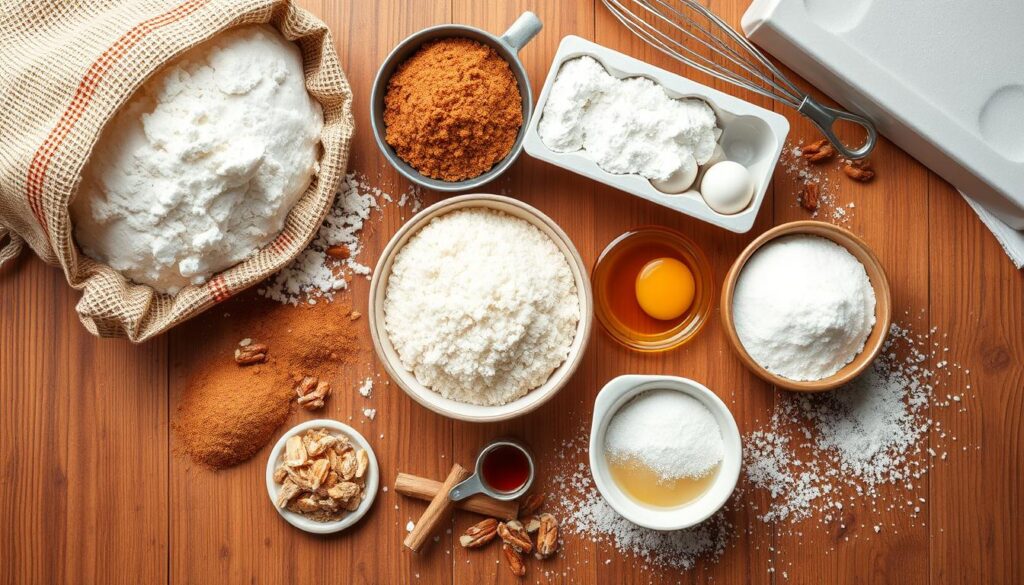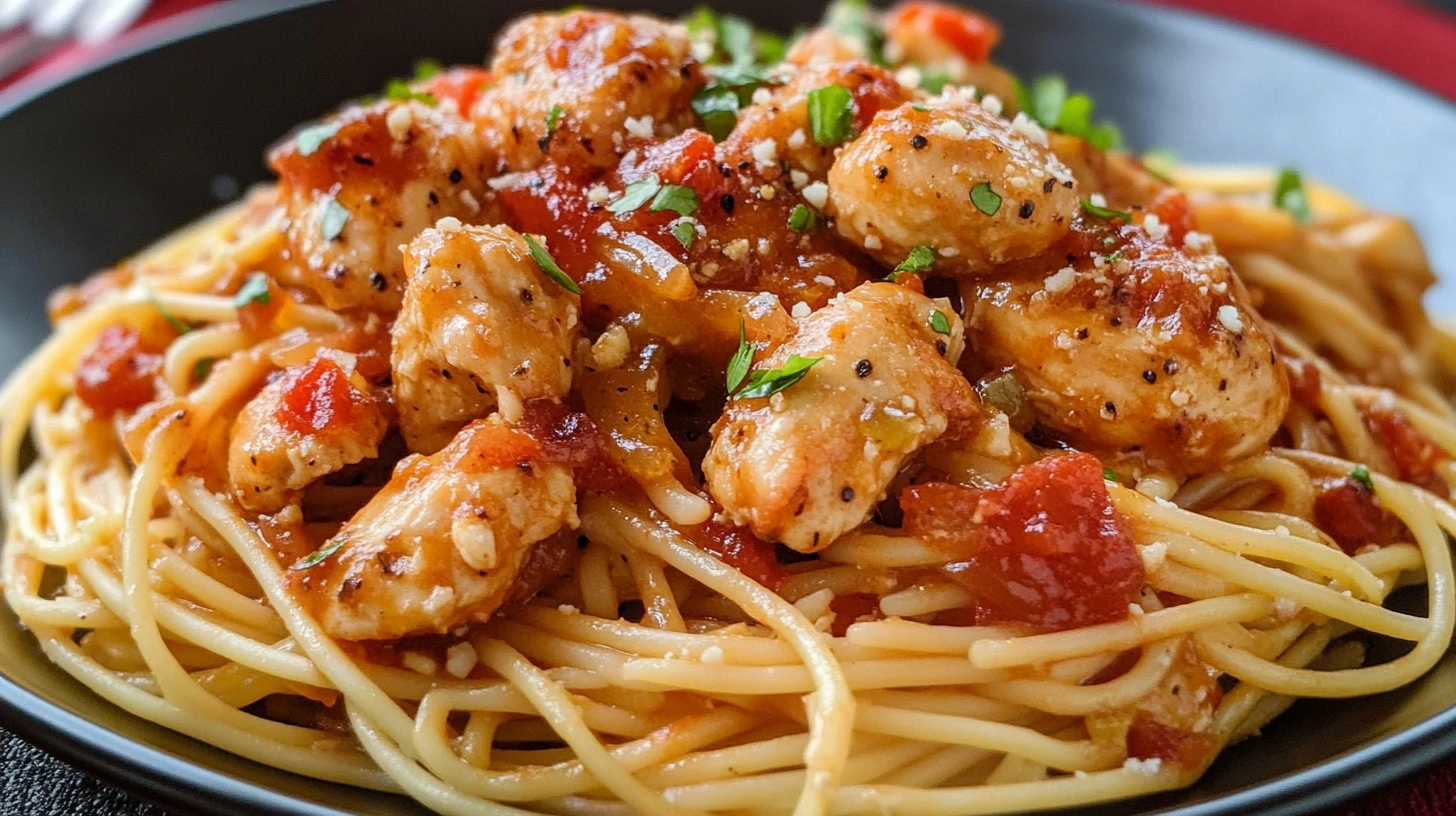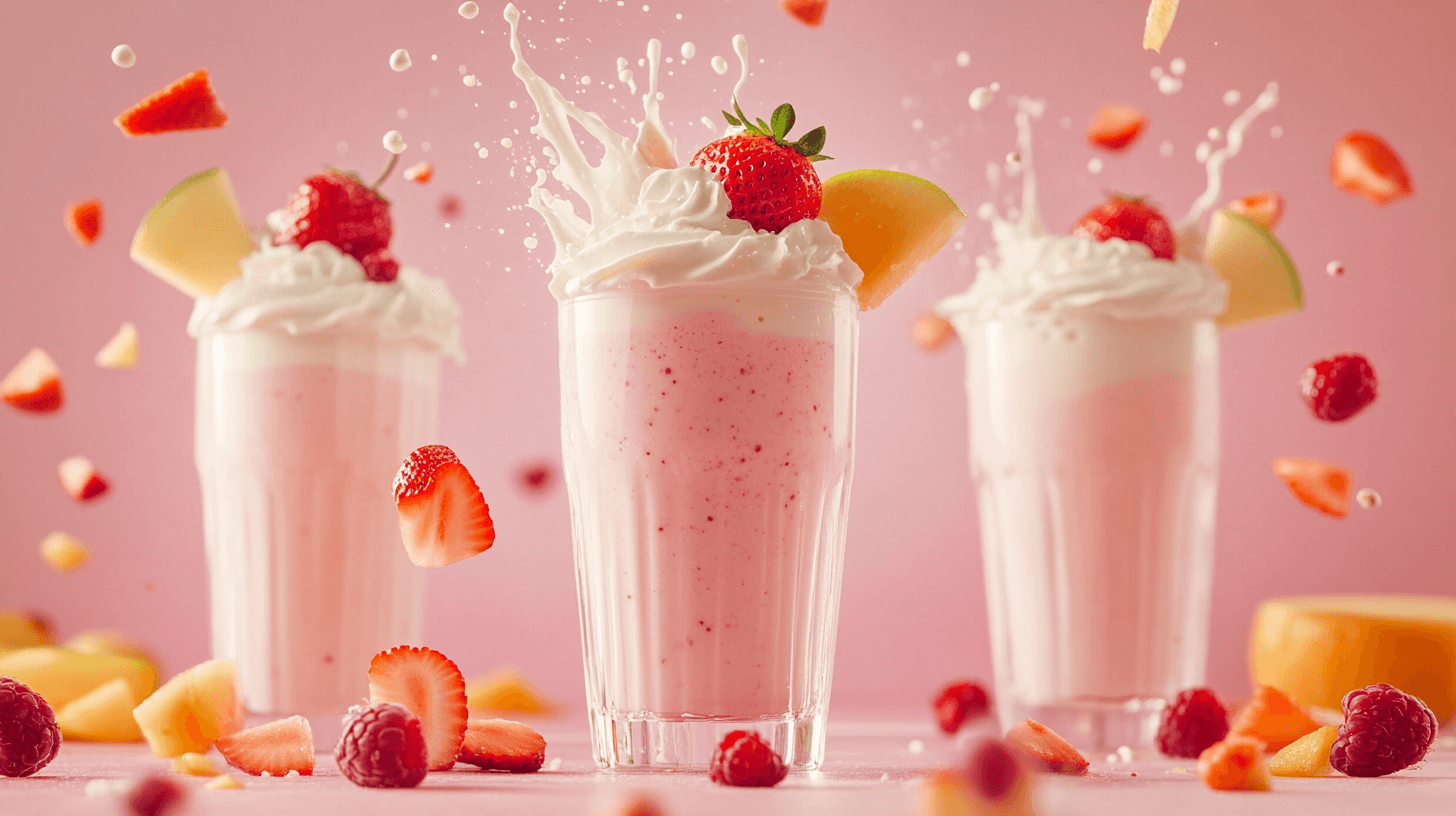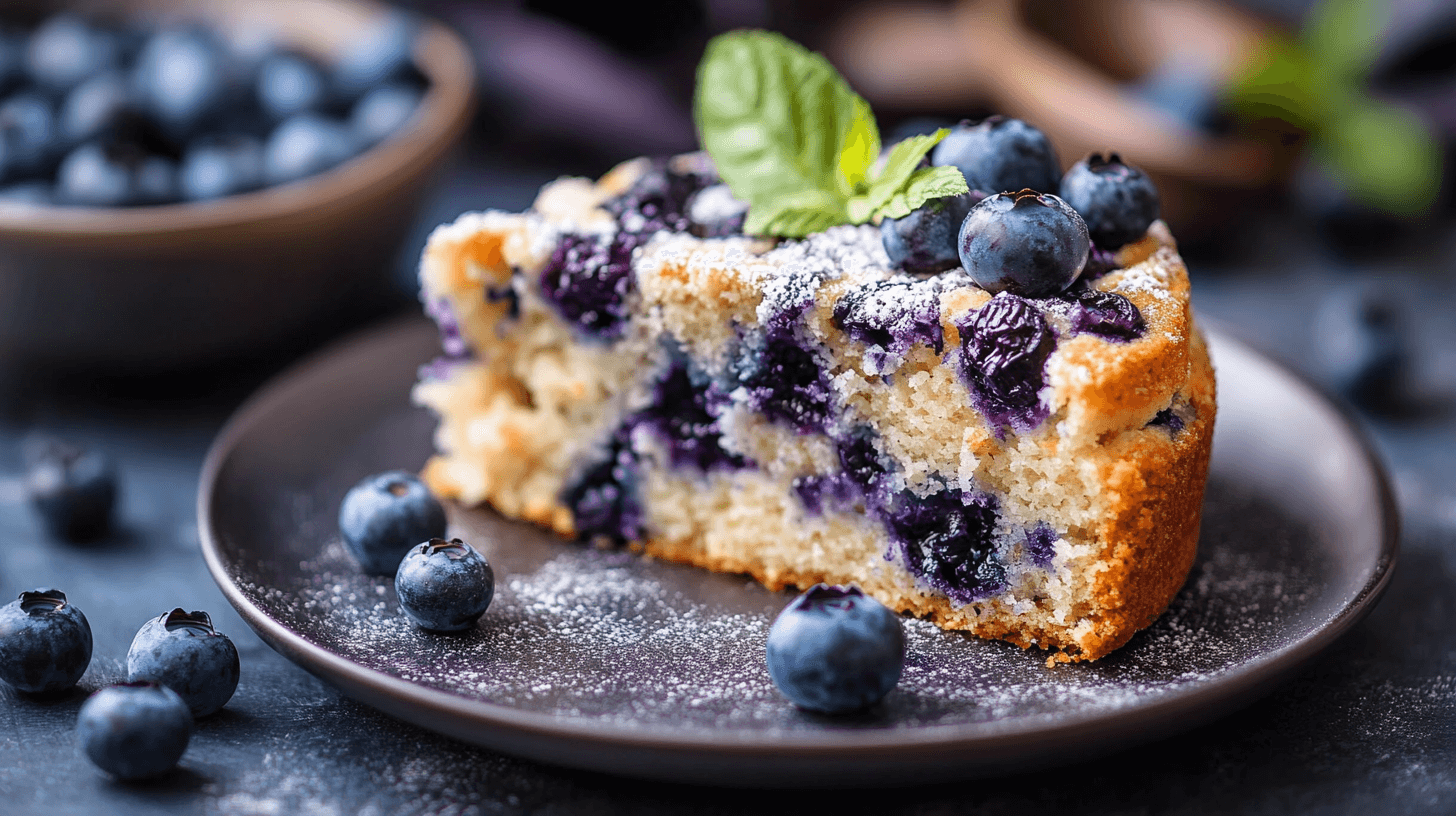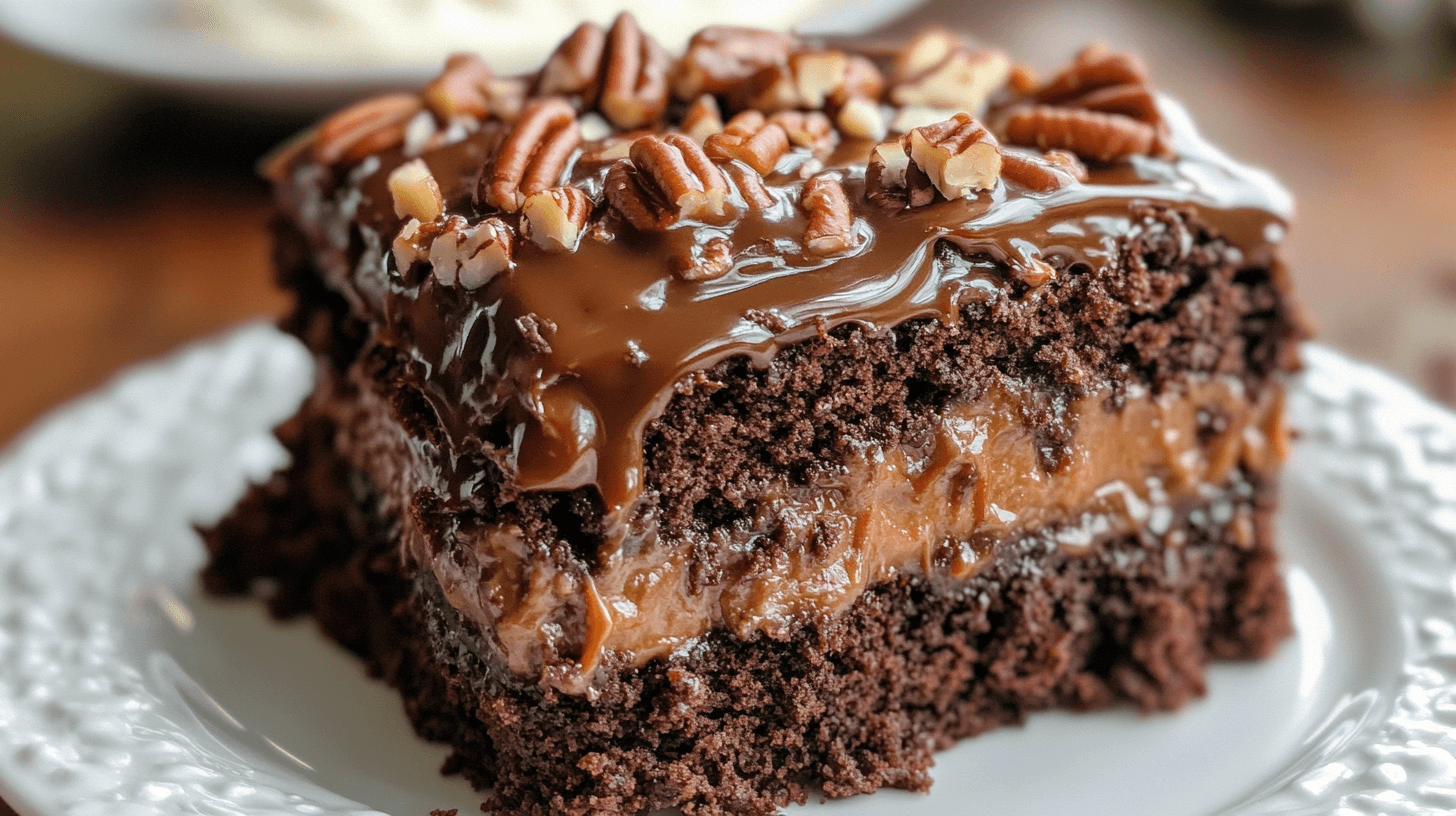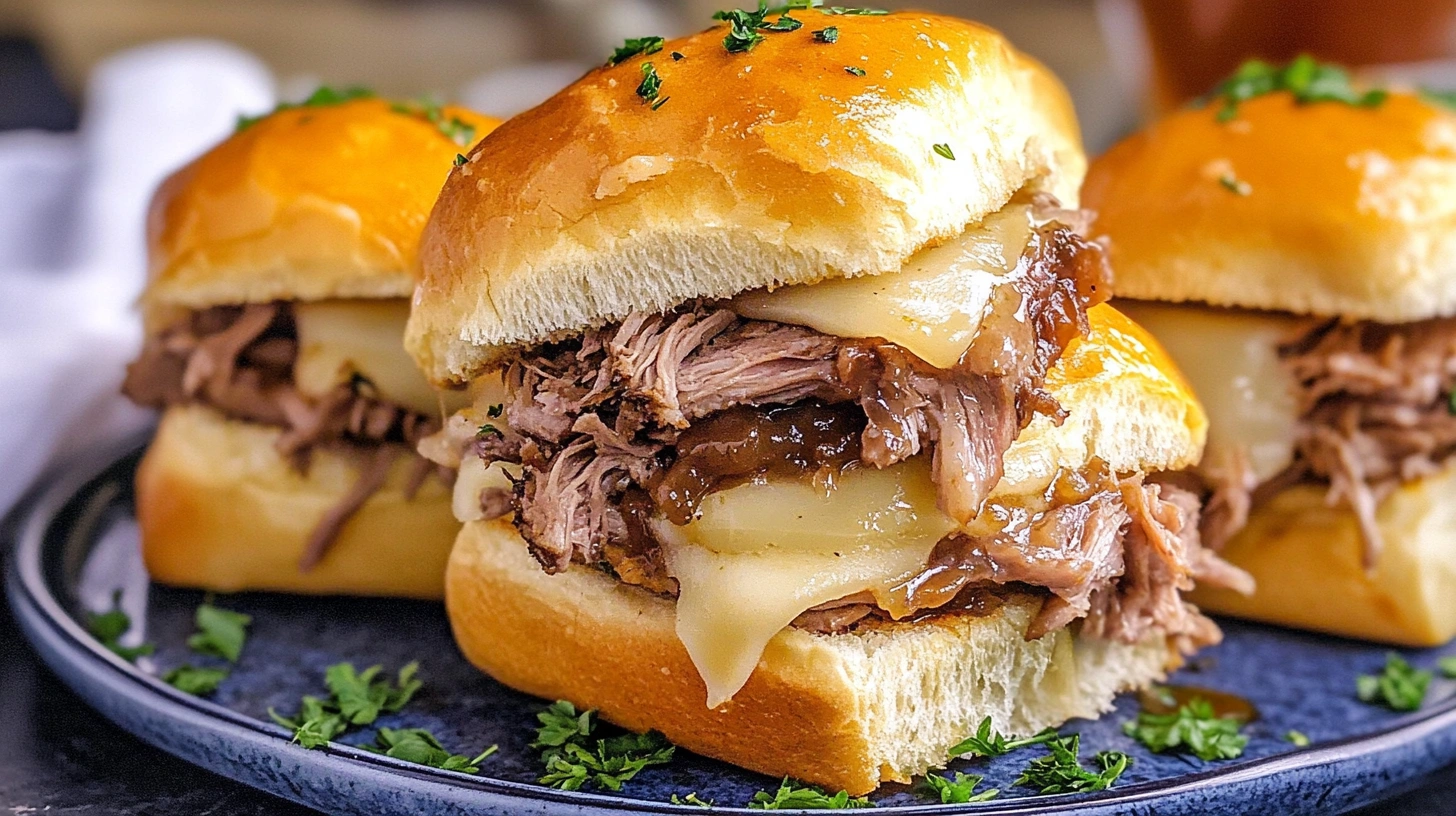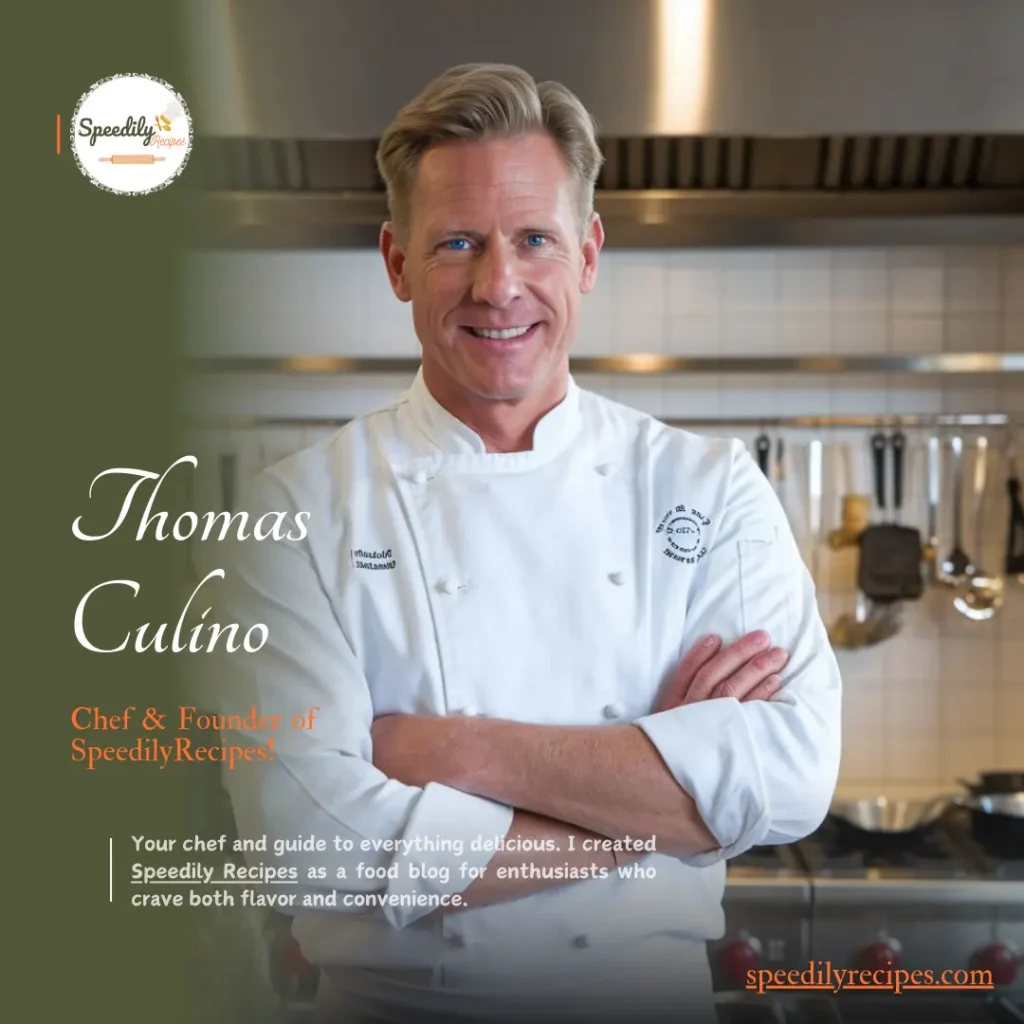Ever wondered what is in a Bakers Treat coffee cake? It’s the special combination of ingredients and baking techniques that make it so irresistible. This homemade coffee cake transforms simple pantry staples into a spectacular treat everyone will love.
A classic baker’s treat coffee cake is more than breakfast. It’s a masterpiece of flavors and textures that brings back memories. The right mix of sweet and buttery, with a streusel topping, makes it irresistible.
When you take a bite, you’ll taste a perfect blend of ingredients. Toasted walnuts, golden raisins, and brown sugar add depth to the flavor. This makes the coffee cake stand out from other breakfast treats.
Table of Contents
Understanding Baker’s Treat Coffee Cake Origins
Coffee cake is a delightful journey through European baking traditions. Its story spans centuries, blending cultural heritage with tasty innovation.

The history of coffee cake is fascinating. It starts in Dresden, Germany. There, bakers made sweet yeast breads called Kaffee kuchen. These were made to go with morning coffee.
Traditional Recipe Heritage
Danish immigrants brought coffee cake to the United States. By the 1870s, these cinnamon streusel cakes were loved in places like New York, New Jersey, and Delaware.
- Origins in Dresden, Germany
- Introduced by European immigrants
- Adapted to American tastes
The Art of Coffee Cake Making
Making a perfect coffee cake needs skill and care. Bakers aim for a tender crumb and balanced sweetness. The cinnamon streusel topping adds depth and texture.
“A great coffee cake tells a story of tradition, comfort, and culinary craftsmanship.”
Cultural Significance
Coffee cake is more than baking. It’s about community, connection, and shared moments. These treats symbolize hospitality and warmth, bringing people together.
| Time Period | Cultural Significance |
|---|---|
| 17th Century | Danish coffee pairing tradition begins |
| 1870s | Widespread immigration introduces coffee cakes to America |
| 1950s | Bundt pan revolutionizes coffee cake design |
Coffee cake is cherished in many ways. It’s enjoyed in the morning or at family gatherings. Its rich, comforting flavors connect generations.
Essential Base Ingredients for the Perfect Coffee Cake
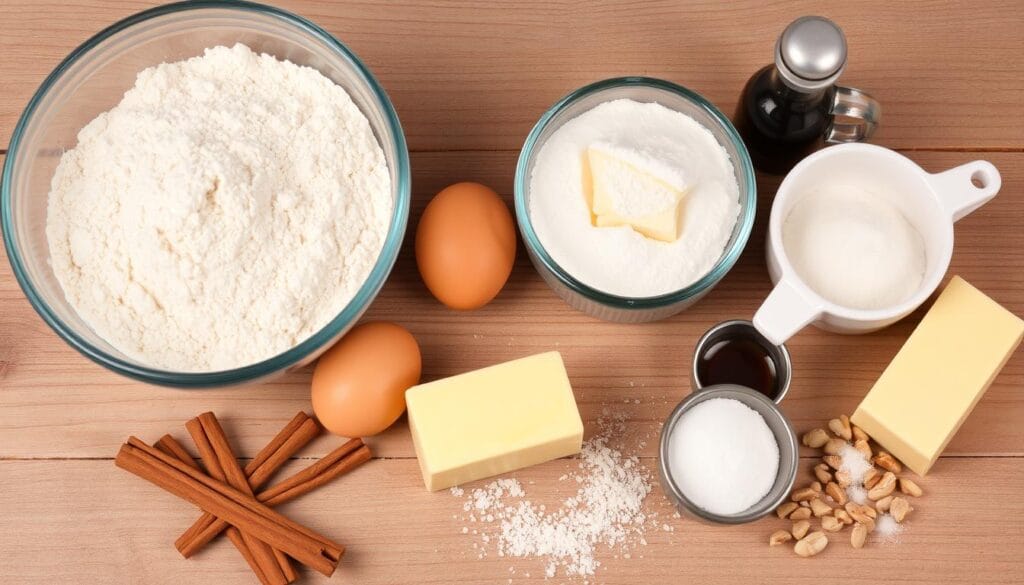
Making the perfect coffee cake starts with the right ingredients. These ingredients affect the cake’s texture, taste, and quality. Professional bakers say choosing the right ingredients is key to a great dessert.
Let’s look at the key ingredients for an amazing coffee cake:
- All-Purpose Flour: 1½ cups gives it structure
- Granulated Sugar: ¾ cup adds sweetness and caramelization
- Salted Butter: ¼ cup (at room temperature) for flavor
- Large Eggs: 2 for moisture and binding
- Vanilla Extract: 1 tablespoon for flavor depth
- Sour Cream: 1 cup for tenderness and tanginess
“The secret to an exceptional coffee cake lies in the quality of its ingredients.”
The nutrition of your coffee cake starts with these ingredients. Each one is important for a moist, tasty cake. The mix of butter-flavored shortening, buttermilk, and exact measurements makes it always great.
Pro tip: Use room temperature ingredients for better mixing and texture. High-quality butter, like Kerrygold, makes your coffee cake stand out.
| Ingredient | Quantity | Purpose |
|---|---|---|
| All-Purpose Flour | 1½ cups | Structure and texture |
| Salted Butter | ¼ cup | Rich flavor and moisture |
| Sour Cream | 1 cup | Tenderness and tang |
Baking is both art and science. Using precise measurements and quality ingredients turns a simple coffee cake into a memorable treat.
What is in a Bakers Treat coffee cake?
Exploring the ingredients of a Baker’s Treat coffee cake shows a mix of carefully chosen parts. These parts make the cake delicious. Knowing what’s in it helps us enjoy it more.
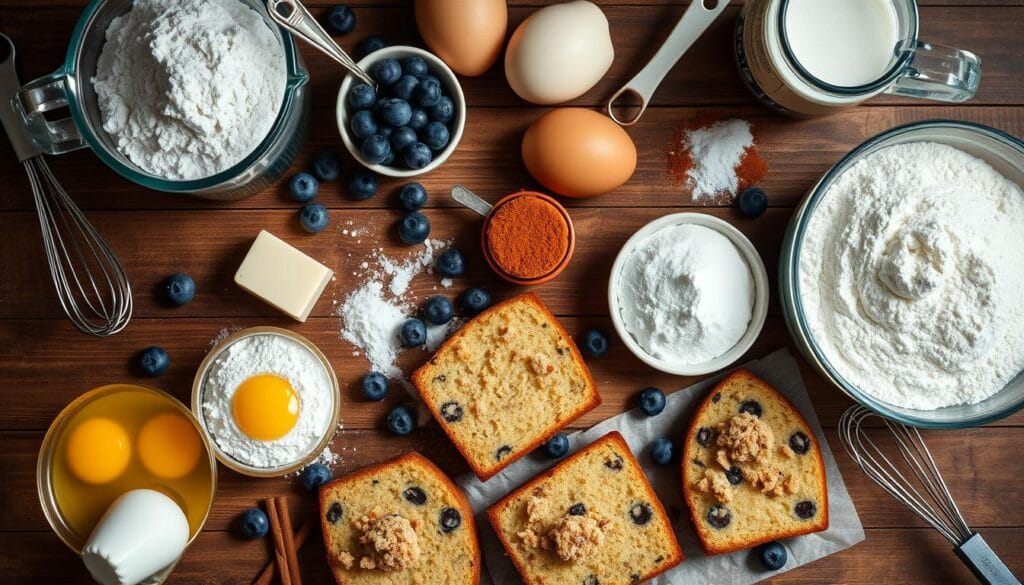
Core Components Overview
A Baker’s Treat coffee cake has a mix of dry and wet ingredients. These ingredients combine to give the cake its perfect taste and texture. The main parts are:
- All-purpose flour (250g / 8.8oz)
- Granulated sugar (200g / 7oz)
- Melted butter (150g / 5.3oz)
- Medium eggs (3 pieces)
- Plain yogurt (150g / 5.3oz)
Quality Standards for Ingredients
Choosing the right ingredients is key to a great coffee cake. Bakers look for fresh, top-quality ingredients. This ensures the cake tastes and feels its best.
| Ingredient | Quality Criteria | Recommended Amount |
|---|---|---|
| Butter | Unsalted, room temperature | 150g (5.3oz) |
| Sugar | Fine granulated white sugar | 200g (7oz) |
| Eggs | Fresh, medium-sized | 3 eggs |
Ingredient Proportions
Getting the ingredient amounts right is important for a great coffee cake. The cake weighs about 1.1kg (2.5lb). The right mix of ingredients makes it moist and tasty.
“Baking is a science, and precision is the secret ingredient to a perfect coffee cake.”
Temperature and baking time are also key. The recipe calls for preheating to 160°C (320°F) with the fan on. Then, bake for 1 hour and cool for another hour.
The Secret Behind the Signature Streusel Topping
Making the perfect coffee cake streusel is an art. It turns a simple cake into a masterpiece. The streusel topping is more than a garnish; it’s the key to making the cake extraordinary.
Your streusel topping starts with a mix of ingredients for that perfect crumbly texture. The classic recipe includes:
- ⅓ cup light brown sugar
- ½ cup all-purpose flour
- ¼ cup cold unsalted butter (cut into cubes)
- ½ teaspoon ground cinnamon
- Pinch of salt
Professional bakers know the secret to perfect streusel. The key is to work quickly and keep ingredients cold. Pulse the mix in a food processor 3-5 times or use a pastry cutter for the right texture.
“A great streusel should have both big and small pieces—it’s all about texture and contrast!” – Pastry Chef Recommendation
Pro tip: Chill your streusel topping before adding it to the cake batter. This keeps the texture crumbly and prevents the butter from melting too fast. The result is a crisp, sweet layer that contrasts beautifully with the soft cake.
Want to make your streusel unique? Try adding chopped nuts or different spices. This way, your coffee cake streusel will be all your own.
Dairy Components and Their Role
Dairy ingredients are key to a delicious coffee cake. They turn a simple recipe into a rich treat. Knowing how dairy works can make your baking better and your desserts more indulgent.
Several dairy components are vital for the perfect coffee cake. They help with texture and flavor:
Butter Quality Impact
Butter is more than just an ingredient; it’s a flavor enhancer. The quality of butter affects your coffee cake’s richness and taste. Choose unsalted, high-fat butter from trusted brands for the best results.
- Enhances flavor profile
- Creates tender crumb texture
- Contributes to golden-brown crust
Sour Cream Benefits
Sour cream makes coffee cake moist and tender. It adds a tangy taste and keeps the cake soft. Professional bakers use sour cream for its velvety texture.
- Increases moisture retention
- Provides subtle tangy flavor
- Improves overall cake structure
Milk Selection Guide
The type of milk you choose affects your coffee cake’s texture and richness. Whether you use whole milk or low-fat, each type adds its own touch to your baking.
“The secret to an exceptional coffee cake lies in understanding how dairy ingredients interact and complement each other.” – Professional Baker’s Insight
Pro tip: Always use room temperature dairy ingredients. This ensures smoother mixing and better baking results.
Sugar and Sweetener Varieties Used
Choosing the right sweeteners is key to making a great baker’s treat coffee cake. Each type of sugar adds its own special touch to the flavor and texture. This makes the dessert a true delight for your taste buds.
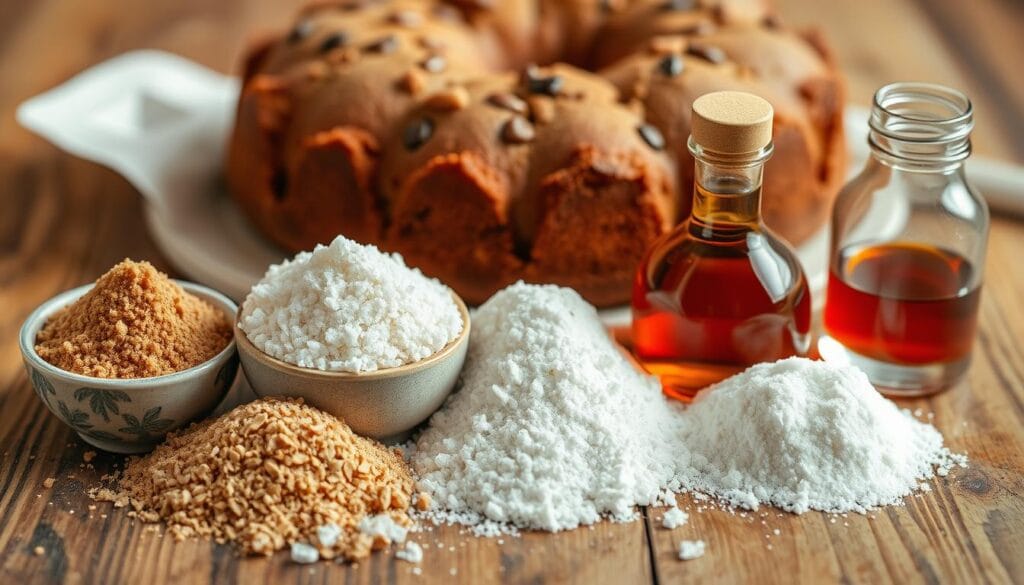
The type of sugar used greatly affects the nutrition of your coffee cake. Skilled bakers mix different sweeteners to bring out a rich and complex flavor.
Primary Sugar Types
- Granulated Sugar: The primary sweetener in cake batter
- Brown Sugar: Adds moisture and rich caramel notes
- Raw Cane Sugar: Provides deeper, more complex sweetness
- Sucanat: Natural sugar with lower glycemic impact
“The art of baking is finding the perfect balance of sweetness” – Pastry Chef Emily Richardson
Sweetener Comparison
| Sugar Type | Flavor Profile | Moisture Content | Glycemic Index |
|---|---|---|---|
| Granulated White Sugar | Clean, sweet | Low | High |
| Brown Sugar | Caramel, molasses | High | Medium |
| Sucanat | Complex, earthy | Medium | Low |
Knowing the unique qualities of each sugar helps you make a coffee cake that’s both tasty and healthy. It’s a treat that will please everyone’s taste and nutritional needs.
Flour Selection and Its Impact
Choosing the right flour is key to making the perfect coffee cake. The type of flour you pick can change the cake’s texture, taste, and quality.
Most home bakers use all-purpose flour. It has 10-13 percent protein, perfect for coffee cakes. Professional bakers say it’s important to know the differences between flours.
Exploring All-Purpose Flour Specifics
All-purpose flour is great for coffee cakes. It has the right amount of protein for:
- Consistent texture
- Reliable rising
- Smooth crumb structure
Alternative Flour Options for Coffee Cake
Looking for other flours for coffee cake? Here are some good ones:
- Spelt Flour: An ancient grain with a nutty flavor
- Whole Wheat Flour: Adds nutritional complexity
- Almond Flour: Creates a denser, more moist cake
Mastering Flour Measurement Techniques
“Precision in measurement is the secret to baking perfection.” – Baking Experts
Getting flour measurement right is vital for baking success. Here’s how experts do it:
- Use a digital kitchen scale for precision
- Fluff flour before measuring
- Spoon flour into measuring cup
- Level off with a straight edge
Remember, one cup of all-purpose flour can weigh between 4-5.2 ounces. Proper measurement makes a big difference in your coffee cake.
Spices and Flavoring Agents-Bakers Treat coffee cake
The heart of a delightful coffee cake lies in its carefully selected coffee cake spices and baking flavors. Cinnamon in coffee cake plays a key role, turning an ordinary pastry into a memorable culinary experience.
Exploring the world of coffee cake spices reveals a rich palette of flavors that elevate your baking:
- Cinnamon: The undisputed king of coffee cake spices
- Cardamom: A sweet and aromatic complement
- Nutmeg: Adding warm, subtle depth
- Allspice: Providing complex, rounded notes
“Spices are the soul of baking, turning simple ingredients into extraordinary experiences.”
The art of balancing baking flavors requires precision. Cardamom, for instance, should be used sparingly due to its intense profile. Just 2 teaspoons can dramatically transform your coffee cake’s taste.
| Spice | Flavor Profile | Recommended Quantity |
|---|---|---|
| Cinnamon | Warm, Sweet | 1-2 teaspoons |
| Cardamom | Intense, Aromatic | ½-1 teaspoon |
| Nutmeg | Subtle, Earthy | ¼-½ teaspoon |
Beyond traditional spices, vanilla extract serves as a key flavoring agent. Its depth enhances the overall complexity of your coffee cake, bridging the gap between different flavor notes.
The Crucial Role of Leavening Agents-Bakers Treat coffee cake
Leavening in baking turns simple ingredients into light, airy treats. Coffee cake lovers need to grasp the science of leavening agents. This knowledge is essential for that perfect, airy texture everyone loves.
Baking powder is key to a coffee cake’s signature rise and tender crumb. When it meets moisture and heat, it releases carbon dioxide bubbles. These bubbles make your cake fluffy and wonderful.
Baking Powder Properties-Bakers Treat coffee cake
Not all baking powders are the same. Double-acting baking powder offers two rising moments:
- First rise when mixed with wet ingredients
- Second rise during baking when heat is applied
Chemical Reactions in Cake Baking-Bakers Treat coffee cake
“The magic of baking is chemistry you can eat!” – Anonymous Baker
The science behind coffee cake texture involves baking powder, moisture, and heat. These elements decide if your cake will be light and airy or dense.
Proper Measurement Techniques-Bakers Treat coffee cake
To use baking powder right, you need to be precise. For a standard coffee cake, use 2 1/2 teaspoons of baking powder. Always level your spoons and keep baking powder in a cool, dry place to keep it effective.
| Ingredient | Quantity | Impact on Texture |
|---|---|---|
| Baking Powder | 2.5 tsp | Provides lift and airiness |
| Moisture | As per recipe | Activates leavening reactions |
Pro tip: Always add baking powder just before baking. This maximizes its rising power for a light, tender coffee cake.
Nutritional Profile and Dietary Considerations-Bakers Treat coffee cake
Knowing the coffee cake nutrition facts helps you make better food choices. Baker’s treat coffee cake is a tasty treat with a mix of nutrients. It balances flavor and health.
The typical baker’s treat coffee cake nutrition breakdown shows important details:
- Calorie range: 250-350 calories per serving
- Carbohydrate content: 35-45 grams
- Fat composition: 15-25 grams
- Protein: 4-6 grams
Healthy coffee cake options can be made by changing ingredients. You can make this classic treat healthier by:
- Reducing sugar content
- Incorporating whole grain flours
- Adding nutrient-dense ingredients like nuts or fruits
- Using alternative sweeteners
*”Moderation is key when enjoying your favorite bakery treats”* – Nutrition Experts
For those with dietary restrictions, here are some tips:
- Gluten-free: Use almond or coconut flour
- Vegan: Replace dairy with plant-based alternatives
- Low-sugar: Substitute with natural sweeteners
Remember, eating in moderation is key. This way, you can enjoy your favorite baker’s treat coffee cake while keeping your diet balanced.
Storage and Freshness Guidelines-Bakers Treat coffee cake
Keeping baked goods like coffee cake fresh is key. The right storage can make your coffee cake last longer and taste better.
There are a few ways to keep your coffee cake fresh:
- Room Temperature Storage
- Store in an airtight container
- Keep away from direct sunlight
- Consume within 2-3 days for optimal freshness
- Refrigeration Techniques
- Wrap tightly in plastic wrap
- Store up to one week
- Allow to come to room temperature before serving
- Freezing Method
- Wrap individual slices in plastic wrap
- Place in freezer-safe container
- Freeze for up to three months
Pro Tip: To reheat frozen or refrigerated coffee cake, gently warm individual slices in a toaster oven or microwave for 15-20 seconds. This brings back their original moisture and flavor.
“The key to preserving baked goods is understanding their unique storage requirements” – Baking Experts
Preparing ahead is a great idea. Many coffee cake recipes let you make the batter the night before. Then, bake it fresh in the morning. This way, you get the best taste with less work on serving day.
Remember, the ingredients in your coffee cake affect how long it stays fresh. Cakes with fresh dairy might not last as long as those with more stable ingredients.
Conclusion
Your baker’s treat coffee cake adventure shows that making the perfect dessert is an art. It mixes precision with passion. Knowing the ingredients turns a simple recipe into a special treat.
Each ingredient adds to a delicious masterpiece that links baking traditions across generations.
Coffee cake baking tips are key to getting the right texture and taste. Success comes from using top-notch ingredients, following exact measurements, and balancing flavors. From the rich butter to the sweet cinnamon, every part is important.
Whether you make a classic streusel-topped coffee cake or try new flavors, patience and detail are essential. See baking as a journey that’s more than just ingredients. Your coffee cake is a celebration of taste, tradition, and sharing joy with others.
Great baking is about passion, practice, and a love for learning. Each slice tells a story of creativity, skill, and the joy of bringing people together with delicious treats.
FAQ
What makes coffee cake different from cake?
Coffee cake is distinct from regular cakes due to its crumbly topping, often made with a blend of butter, sugar, and cinnamon. Unlike traditional frosted cakes, coffee cake usually lacks frosting and is designed to pair perfectly with a cup of coffee.
Why was Aunt Jemima coffee cake discontinued?
The Aunt Jemima coffee cake mix was discontinued as part of the company’s decision to streamline its product line and focus on more popular offerings. While no longer available, similar recipes can be recreated at home for a nostalgic treat.
What is coffee cake made of?
Coffee cake typically consists of a moist, tender base made from flour, sugar, butter, eggs, and baking powder, topped with a cinnamon-sugar streusel. Some variations include nuts, fruit, or a swirl of cinnamon for added flavor.
Why is it called coffee cake if it doesn’t have coffee?
The name “coffee cake” comes from its historical association as a companion to coffee, not because it contains coffee. The light, sweet flavor pairs perfectly with a cup of coffee, making it a popular choice for breakfast or a mid-morning snack.
“Ever wondered why put baking powder in crumble topping? The secret is revealed in this article, making your desserts even better!”

